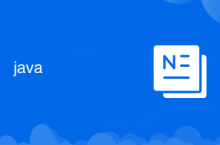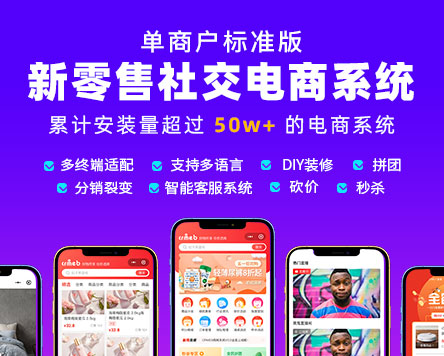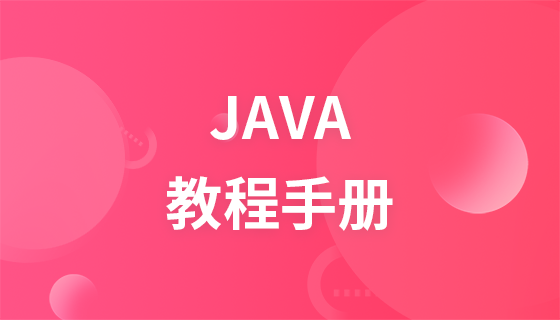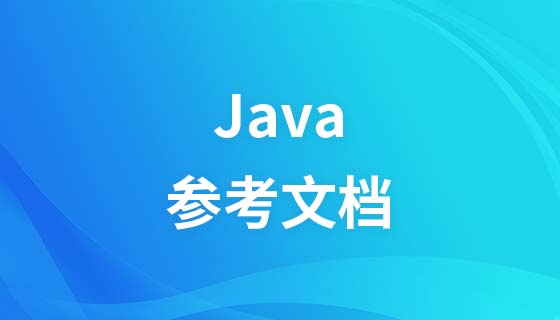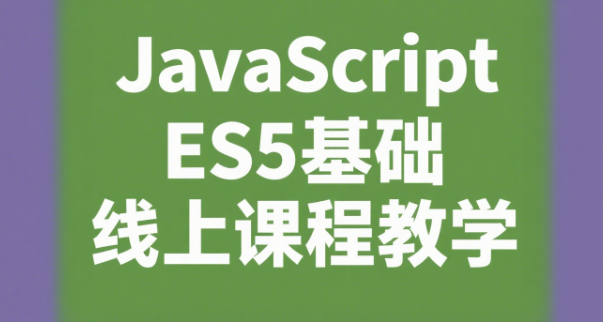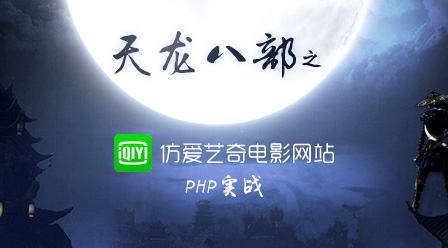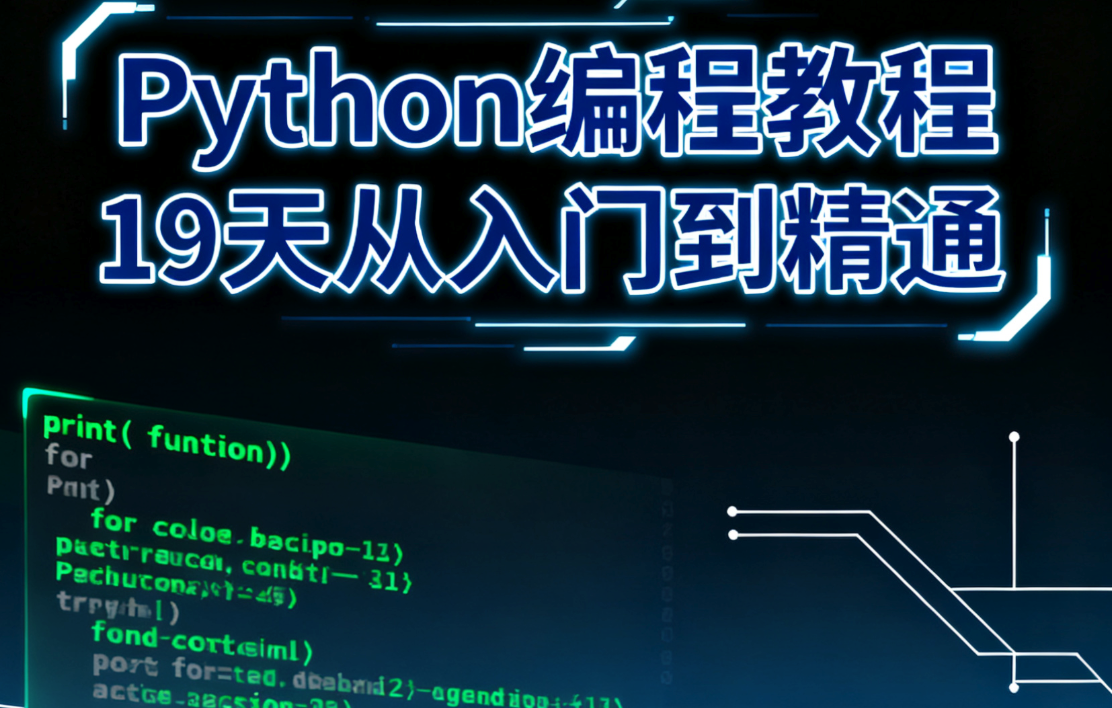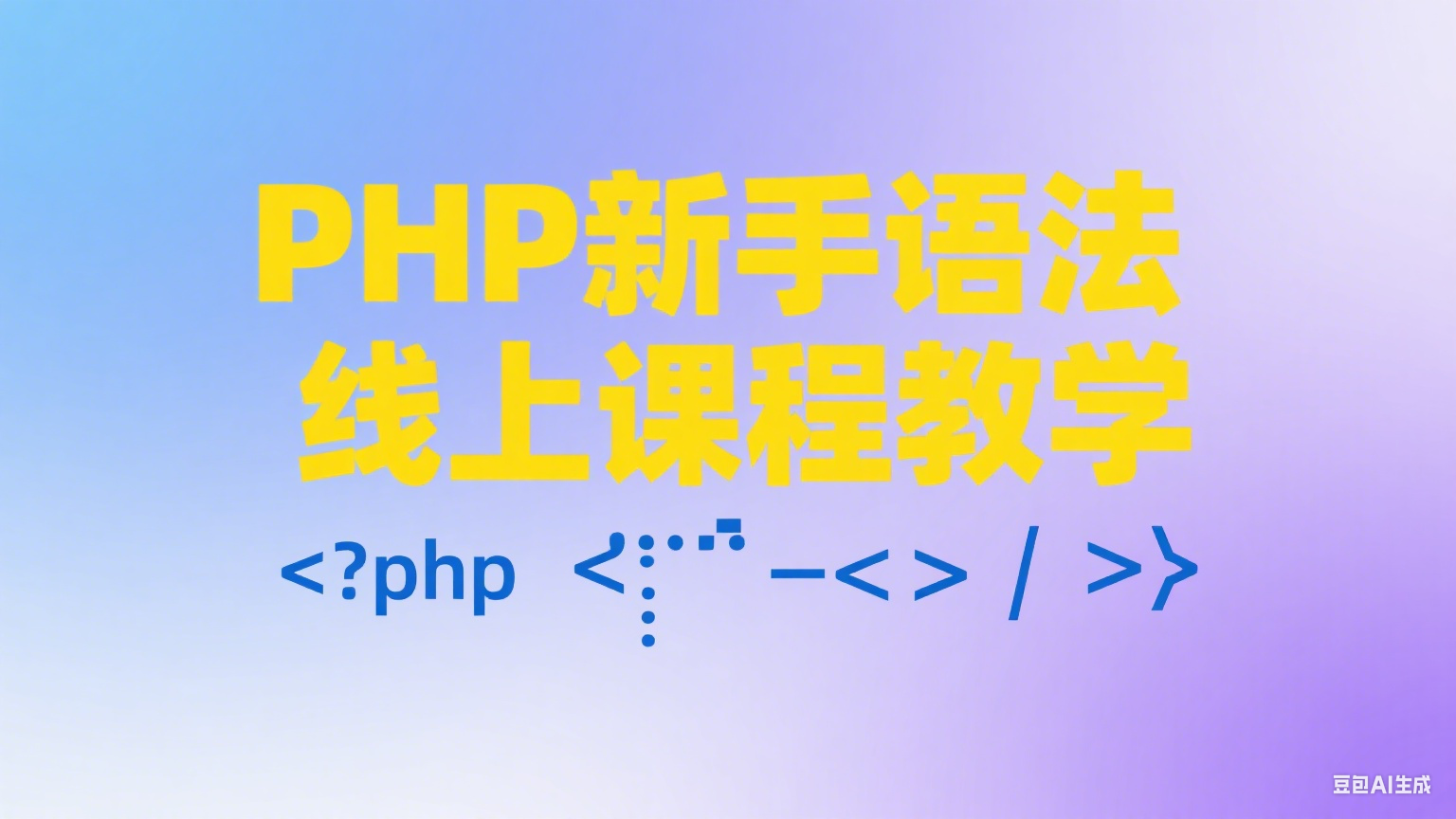
在Android自定义视图中保存`Drawable`对象的状态时,直接将其序列化为`Parcelable`是不可行的,因为`Drawable`及其子类通常不实现`Parcelable`接口,会导致`ClassCastException`。正确的做法是避免直接保存`Drawable`实例,转而保存其资源ID或重建所需的数据,并在恢复状态时重新创建`Drawable`。
问题剖析:为何Drawable不应直接序列化
在Android开发中,当自定义视图需要在屏幕旋转、内存不足等情况下保存和恢复其内部状态时,通常会使用onSaveInstanceState()和onRestoreInstanceState()方法,并结合Parcelable接口来定义视图的保存状态类。然而,尝试直接将Drawable对象(如VectorDrawable、BitmapDrawable等)存储到Parcelable中时,会遇到java.lang.ClassCastException,提示Drawable类型无法转换为Parcelable。
这是因为Drawable是一个抽象基类,其具体实现类(例如VectorDrawable、ShapeDrawable、BitmapDrawable等)通常并未实现Parcelable接口。Parcelable接口要求对象能够被序列化和反序列化,以便在进程间或组件间传递数据。由于Drawable的复杂性及其与资源、上下文的紧密关联,Android框架并未提供一个通用的、安全的Drawable到Parcelable的转换机制。因此,直接尝试通过Parcel写入或读取Drawable实例会导致运行时类型转换异常。
常见误区与解决方案分析
开发者在遇到此问题时,常会尝试以下几种方法,但往往未能奏效:
直接将Drawable作为Parcelable写入/读取: 这是最直接的尝试,如原始问题所示,将Drawable字段直接放入SavedState中,并在writeToParcel和readFromParcel中使用out.writeParcelable()和source.readParcelable()。这会立即触发ClassCastException,因为Drawable对象并非Parcelable。
-
尝试转换为BitmapDrawable或Bitmap: 有些开发者会尝试将Drawable转换为BitmapDrawable,然后提取其内部的Bitmap对象,因为Bitmap是Parcelable的。
// 尝试在writeToParcel中 Bitmap bitmap = ((BitmapDrawable) picture).getBitmap(); out.writeParcelable(bitmap, flags); // 尝试在readFromParcel中 Bitmap bitmap = source.readParcelable(getClass().getClassLoader()); picture = new BitmapDrawable(getResources(), bitmap);
登录后复制这种方法的问题在于:
- 并非所有Drawable都能安全地转换为BitmapDrawable。例如,VectorDrawable是基于矢量路径而非像素的,强制转换会再次导致ClassCastException。
- 即使成功转换为Bitmap,对于复杂的Drawable(如带状态的StateListDrawable、LevelListDrawable),这种转换会丢失其动态行为和元数据,只保存了某一时刻的像素快照。
- Bitmap的序列化和反序列化涉及到大量的像素数据传输,可能导致性能问题和内存开销。
推荐方案:基于资源ID的Drawable状态管理
鉴于直接序列化Drawable的局限性,最稳健和推荐的方法是不保存Drawable实例本身,而是保存足以在恢复时重建Drawable的信息。对于从资源文件中加载的Drawable,这意味着保存其资源ID。
核心思想
- 在自定义视图中,如果Drawable是从res/drawable文件夹加载的,视图应该存储该Drawable的资源ID(例如R.drawable.my_image)。
- 在onSaveInstanceState()中,将这个资源ID保存到Parcelable状态对象中。
- 在onRestoreInstanceState()中,从状态对象中读取资源ID,然后使用getResources().getDrawable(id, context.getTheme())方法重新加载并创建Drawable实例。
示例代码
假设你的自定义视图中有一个Drawable字段picture,它通常通过一个资源ID来设置。
-
定义SavedState类: 修改SavedState类,用一个int类型的字段drawableResId来替代原来的Drawable picture。
import android.graphics.drawable.Drawable; import android.os.Parcel; import android.os.Parcelable; import android.view.View; // 假设这是你的自定义视图类 public class MyCustomView extends View { private Drawable picture; private Float degree = 0f; private int currentDrawableResId = 0; // 用于保存当前Drawable的资源ID // 构造函数等其他代码... public MyCustomView(Context context, @Nullable AttributeSet attrs) { super(context, attrs); // 假设在初始化时,通过某个资源ID设置了picture // setPictureFromResource(R.drawable.default_image); } // 设置Drawable的方法,同时保存其资源ID public void setPictureFromResource(@DrawableRes int resId) { this.currentDrawableResId = resId; this.picture = getResources().getDrawable(resId, getContext().getTheme()); invalidate(); } // ... 其他视图逻辑 ... private static class SavedState extends BaseSavedState { int drawableResId; // 存储Drawable的资源ID Float degree = 0f; public SavedState(Parcelable superState) { super(superState); } public SavedState(Parcel source) { super(source); degree = source.readFloat(); drawableResId = source.readInt(); // 从Parcel中读取资源ID } @Override public void writeToParcel(Parcel out, int flags) { super.writeToParcel(out, flags); out.writeFloat(degree); out.writeInt(drawableResId); // 将资源ID写入Parcel } public static final Parcelable.Creator<SavedState> CREATOR = new Parcelable.Creator<SavedState>() { public SavedState createFromParcel(Parcel in) { return new SavedState(in); } public SavedState[] newArray(int size) { return new SavedState[size]; } }; } @Nullable @Override protected Parcelable onSaveInstanceState() { Parcelable superState = super.onSaveInstanceState(); SavedState myState = new SavedState(superState); myState.degree = this.degree; myState.drawableResId = this.currentDrawableResId; // 保存当前Drawable的资源ID return myState; } @Override protected void onRestoreInstanceState(Parcelable state) { SavedState savedState = (SavedState) state; super.onRestoreInstanceState(savedState.getSuperState()); this.degree = savedState.degree; // 使用保存的资源ID重新创建Drawable if (savedState.drawableResId != 0) { // 检查ID是否有效 this.currentDrawableResId = savedState.drawableResId; this.picture = getResources().getDrawable(savedState.drawableResId, getContext().getTheme()); } invalidate(); // 刷新视图 } }登录后复制
注意事项
- currentDrawableResId的维护: 关键在于自定义视图本身需要有一个机制来存储当前Drawable的资源ID。当Drawable被设置时(例如通过setPictureFromResource()方法),这个ID也应该被更新。
- getResources().getDrawable(): 在onRestoreInstanceState中,可以直接调用视图实例的getResources()方法来获取Resources对象,因为onRestoreInstanceState是一个实例方法,可以访问视图的上下文。为了兼容不同的API级别和主题,建议使用getResources().getDrawable(id, getContext().getTheme())。
- 默认值处理: 如果drawableResId为0(表示没有设置Drawable或设置的是非资源Drawable),在恢复时应进行相应的处理,避免加载空ID。
其他情况下的Drawable状态管理
并非所有Drawable都来源于资源文件。对于以下情况,需要采取不同的策略:
-
动态生成的Drawable (例如ShapeDrawable, GradientDrawable): 这些Drawable是通过代码创建的,不依赖于资源ID。在这种情况下,你需要保存创建这些Drawable所需的所有属性(例如颜色、形状类型、尺寸、渐变方向等)。在onRestoreInstanceState中,根据这些属性重新构建Drawable。
// 假设有一个动态生成的ShapeDrawable // SavedState中需要保存:int shapeType, int solidColor, int strokeWidth, int strokeColor, float cornerRadius; // onSaveInstanceState中:保存这些属性 // onRestoreInstanceState中: // GradientDrawable shapeDrawable = new GradientDrawable(); // shapeDrawable.setShape(savedState.shapeType); // shapeDrawable.setColor(savedState.solidColor); // ... 重新构建
登录后复制 -
非资源BitmapDrawable: 如果Drawable确实是一个BitmapDrawable,并且其内部的Bitmap数据是动态生成或加载的(而非来自资源),那么可以考虑直接保存Bitmap对象。Bitmap类实现了Parcelable接口,可以直接写入和读取。
// SavedState中:Bitmap bitmap; // onSaveInstanceState中: // Bitmap bitmap = ((BitmapDrawable) picture).getBitmap(); // myState.bitmap = bitmap; // onRestoreInstanceState中: // Bitmap restoredBitmap = savedState.bitmap; // if (restoredBitmap != null) { // this.picture = new BitmapDrawable(getResources(), restoredBitmap); // }登录后复制注意: 序列化Bitmap会占用较多内存和Parcel空间,可能影响性能,并有TransactionTooLargeException的风险。尽量避免在Parcelable中直接传递大Bitmap。如果Bitmap数据量大,更推荐将其保存到文件或数据库,然后只传递文件路径或ID。
总结
在Android自定义视图中保存Drawable状态的核心原则是:不直接序列化Drawable实例,而是保存重建它所需的最少信息。 对于资源Drawable,保存其资源ID是最佳实践;对于动态生成的Drawable,保存其构建属性;对于非资源的BitmapDrawable,虽然可以直接序列化Bitmap,但需注意性能和内存开销。通过这种方式,可以有效避免ClassCastException,并确保自定义视图在状态恢复时的正确性。
以上就是Android自定义视图状态保存:避免直接序列化Drawable对象的详细内容,更多请关注php中文网其它相关文章!

每个人都需要一台速度更快、更稳定的 PC。随着时间的推移,垃圾文件、旧注册表数据和不必要的后台进程会占用资源并降低性能。幸运的是,许多工具可以让 Windows 保持平稳运行。






